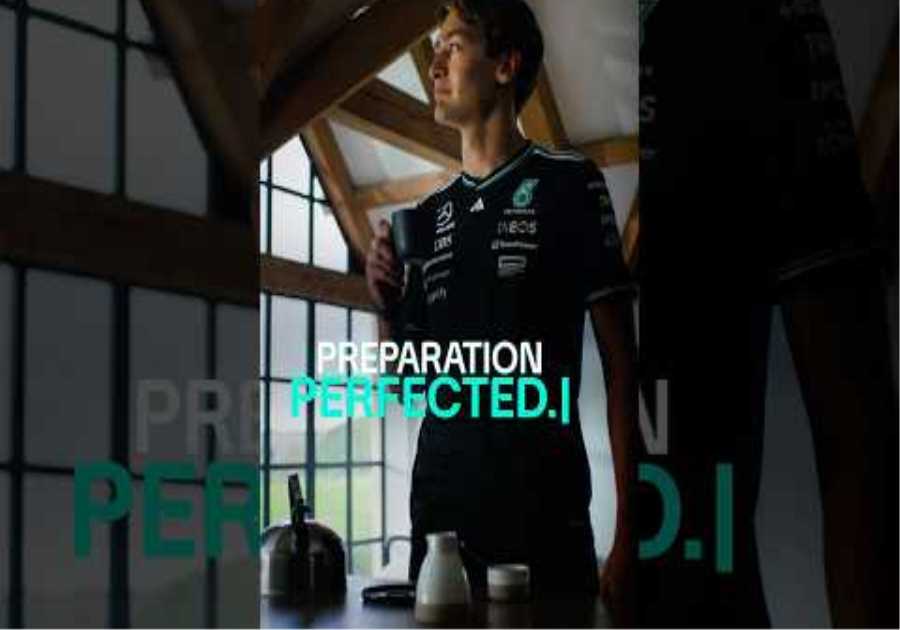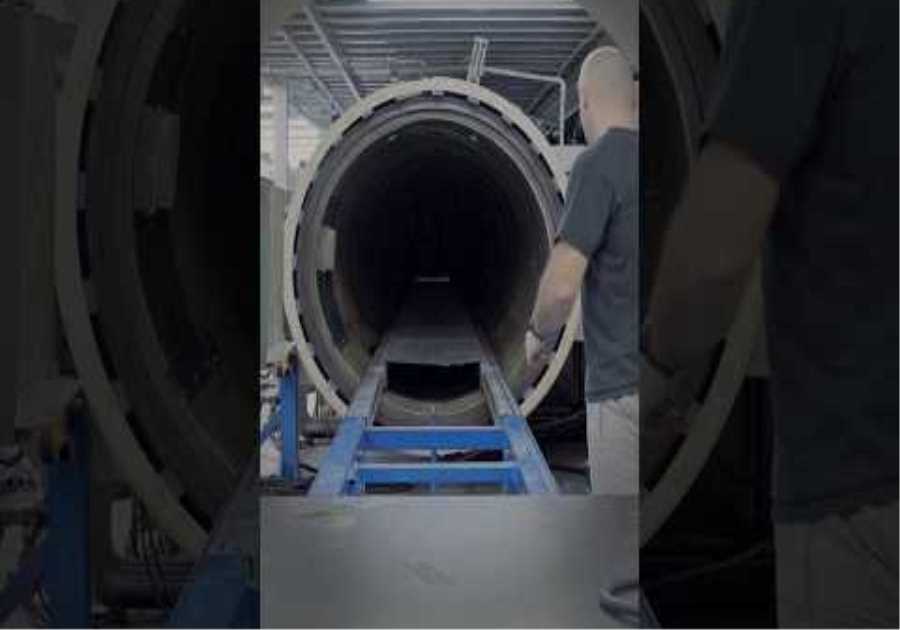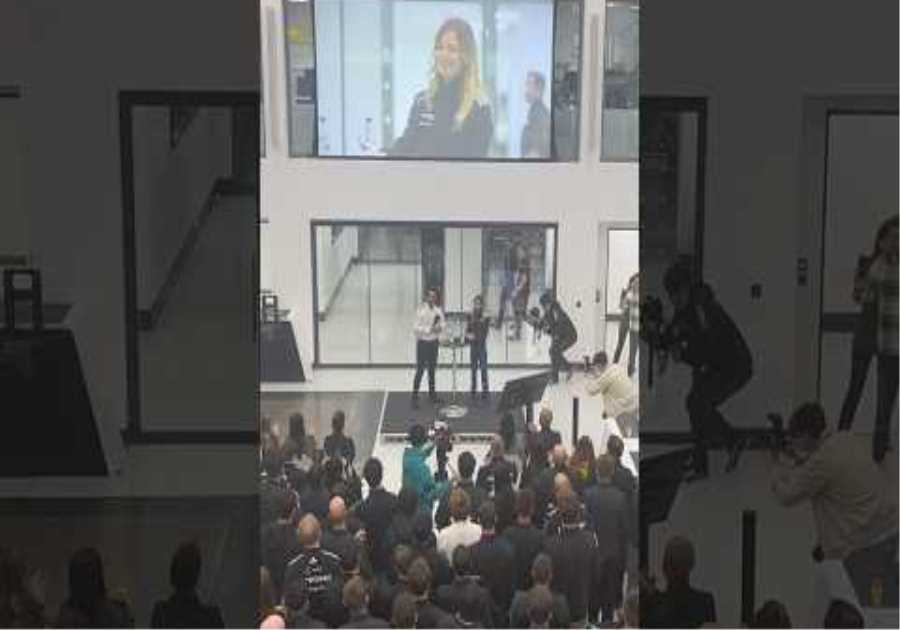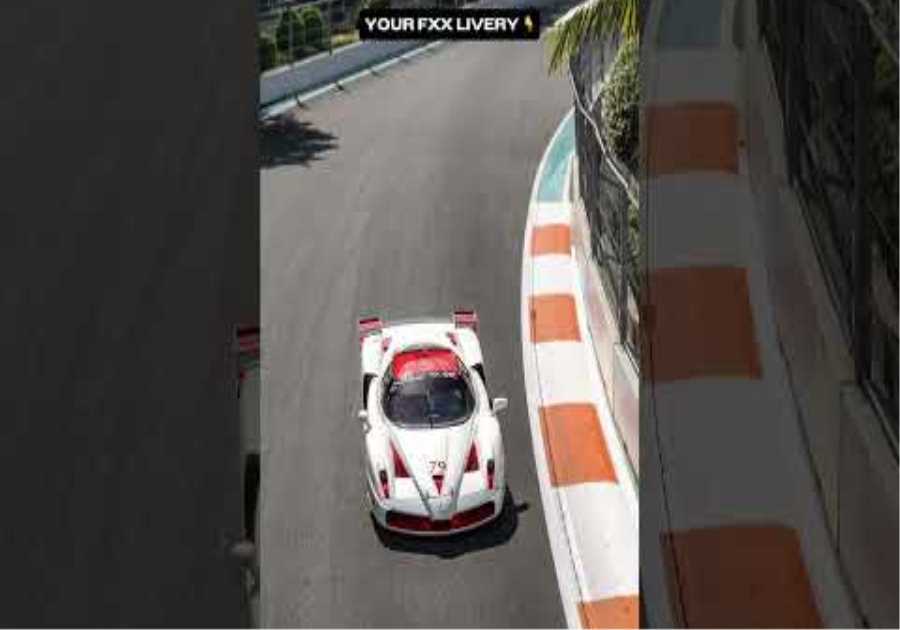
The V12 is a twelve-cylinder piston engine with two rows of six cylinders, which are arranged in a V-shape around a common crankshaft. The V12 engine is more common than the V10 engine. However, they are less common than V8 engines.
The first V12 engine was used in Packard’s “Double Six” in 1912. However, the engine was used in various luxury vehicles before World War II, including the Cadillac, Packard, Lincoln, Franklin, Rolls-Royce, and Hispano-Suiza.
After World War II, the type fell out of favor in the United States when the V8 engine became popular. The V12 was used almost exclusively in high-performance vehicles from Italian manufacturers such as Ferrari and Lamborghini, although Jaguar developed a V12 that went into series production in 1971 and lasted until 1997.
With electrical and digital technology outperforming purely mechanical performance, the automotive industry is ready for a new era of supercars. Lamborghini and Ferrari plan to override the V12 engine architecture and move into a future where electricity will replace gasoline.
Here is a detailed look into the V12 engine
V12 in aviation
Via: Flickr
V12 engines first appeared in aircraft. The V12 design was very popular with the newest and greatest fighters and bombers at the end of the First World War; V12 engines were made by companies such as Renault and Sunbeam.
The German manufacturers Maybach and Daimler used V12 engines in several Zeppelins. The Liberty L-12 was manufactured by various companies in the United States; the Curtiss NC was one of them. Flying boats like the NC-4, the first aircraft to fly across the Atlantic with a set of four V12 engines.
The engines were used in a variety of fighters and bombers of World War II, including the Rolls-Royce Merlin, Klimov VK-107 and Allison V-1710 on the Allied side and the Daimler-Benz DB 600 on the German side.
At the beginning of the war, the engines developed around 1,000 hp (0.75 MW), and at the end of the war around 1,500 hp (1.12 MW). With the methanol-water injection, the German DB 605D engine developed 2000 hp (1.50 MW). With the advent of the jet engine, their use quickly declined.
V12 in automobiles
Via: Flickr
In 1904 the V12 engine for racing boats was developed for the first time. The V12 quickly found its way into luxury cars, planes and tanks due to its unrivaled performance. V12s later became known for their excellence in sports cars and Formula 1 races.
Twelve-cylinder engines were used in a variety of luxury cars before World War II, including Cadillac, Packard, Lincoln, Franklin, Rolls-Royce, and Hispano-Suiza. The 1912 Packard “Double Six” is widely regarded as the first production V12 engine.
Soon after, companies like Ferrari, Lamborghini, and Jaguar began making V12 engines exclusively for their high-end sports cars. Large manufacturers such as Mercedes and BMW brought V12 engines onto the market in the 1990s.
The V12 engine developed by BMW can also be found in Rolls-Royces, while the Mercedes engine can also be found in Maybachs. Cadillac has been researching the reintroduction of the V12 after 60 years with a version of its Cadillac Northstar engine, while Aston Martin released a (Cosworth) V12 model in 2000.
V12 engines were popular in Formula 1 racing from the 1960s to the late 1980s. Ferrari, Honda, Maserati, Alfa Romeo and Lamborghini all used V12 engines in their Formula 1 racing cars. Not only were the V12s more powerful, they also had a lot of stamina and took a lot of punishment.
Toyota equipped its Century Sedan (model # 1GZ-FE) with a 5.0-liter DOHC V-12 in 1997, making it the first and only Japanese production vehicle with a front-engine and rear-wheel drive with a V12.
V12 performance in Formula 1
Via: Flickr
Ferrari realized that a bigger, more powerful engine would have certain advantages, mainly in fuel economy. In 1950 a new V12 was developed which started as a 3.3 liter and eventually ended up at 4.5 liters (the maximum allowable capacity) in the Ferrari 375 that was used in 1951. It worked, and Ferrari won its first Grand Prix at Silverstone that year.
Maserati developed a V12 for the famous 250F in 1956, but it offered little performance advantage over the regular, easier-to-drive straight-six and only competed in one race before Maserati was eliminated from the race in 1957.
In the 1960s there were controversial regulations stating that engines were only allowed to have a displacement of 1.5 liters. That didn’t stop Honda from returning to Formula 1 in 1964 with a car with the excellent V12 engine.
From 1989 to 1993, Lamborghini made its F1 debut with a V12 that powers a number of mediocre teams. Larrousse, Lotus, Minardi, and Ligier all used the engine at some point, with McLaren showing interest as well. It was pretty good, if a little uneven, and there was a nice, throaty roar.
Porsche decided to return to F1 as well and develop a V12 for Team Footwork – with disastrous results. The crew had to rebuild their car to accommodate it in the engine compartment because it was so big and heavy.
Continue reading
About the author
Marcus Njuguna
(151 published articles)
Marcus has a lifelong interest in machines and worldly wisdom. When he’s not working on a blog article, you can find him working on his music in a recording studio.
More from Marcus Njuguna
The post This is how the V12 engine developed into the beast it is today first appeared on monter-une-startup.





